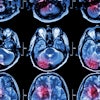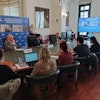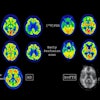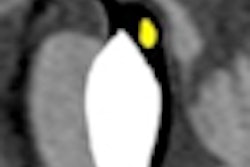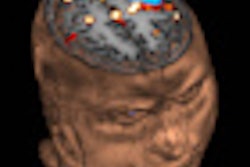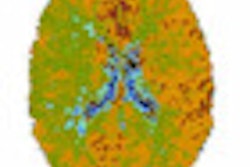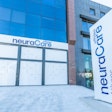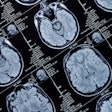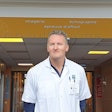
Sending radiology examinations to a specialist in a regional medical center is becoming increasingly common, but it remains rare that clinical colleagues share a common reporting system documenting step-by-step the opinions and recommendations that direct patient care.
At Health IT 2011, held in Paris last month, the Tours Regional University Hospital (CHRU-Tours) shared a two-year experience with a telemedicine network that not only produced an expected reduction in unnecessary transfers of patients from surrounding community hospitals to its neurotrauma service, but also resulted in the real-time creation of a patient file tracing the care path.
Head of neurotrauma at CHRU-Tours, Dr. Bruno Aesch said the technology enables him or the seven other neurosurgeons to respond to emergencies in outlying hospitals. "The huge plus is viewing the images, which is new," he noted, "But the documentation becomes just as important."
They used to rely on a phone call with the physician, describing the condition of patients in an emergency room without any images. The decision to transfer the patient was sometimes made for an opportunity to run additional scans to verify the condition.
"Now we receive images with the written reports on the patient's condition at the same time," Aesch said. "If we agree to accept the patient, we describe how, when, and where in a written report. If we decline the transfer, we provide the physician with a detailed explanation that helps him with the family, the emergency team, and eventually provides documentation for any legal questions that may arise."
It took longer to establish the workflow, set up the shared forms and paperwork, and negotiate the billing agreements between the hospitals than it did to install the technology to support the process.
In 2005, Aesch began regular visits to community hospitals in Chartres, Blois, Châteauroux, and Bourges (see map). The exchange of images between people who do not know each other will never be successful, he emphasized.
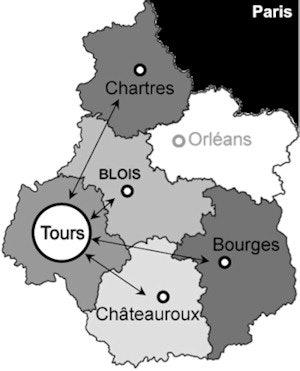
"Calling it a neuro network makes it sound bigger than it really is," he explained. "Above all it is collaboration between the neurosurgery service at the university center in Tours and all the emergency departments and ambulance services throughout the region."
CHRU-Tours is the flagship for healthcare services in the Centre Region, with a population of 2.5 million. The 12% rate of patient referrals to centers outside the region is twice as high as the national average. Seeking to prevent this outflow of patients, the regional health authority backed Aesch's proposal for collaborative agreements. In April 2009, the five hospitals connected using the Secure Medical Networking system from Etiam (Rennes, France). In 2010, there were 770 consultations with the same result that 251 cases were received in Tours, while emergency transfer was avoided for 519 patients. It costs around $2,900 U.S. (2,000 euros) for an hour flight in a helicopter, so the savings are significant.
"If we have been successful in slowing the patient referrals outside the region, it is not because we have a telemedicine capability as much as these relationships," Aesch said. "Collaboration comes first, then telemedicine technology as a tool for supporting those connections."
More than 800 consultations are expected this year. Aesch has expanded his itinerary of regional visits, and expects to win collaboration agreements with hospitals in Chinon and Romorantin.
